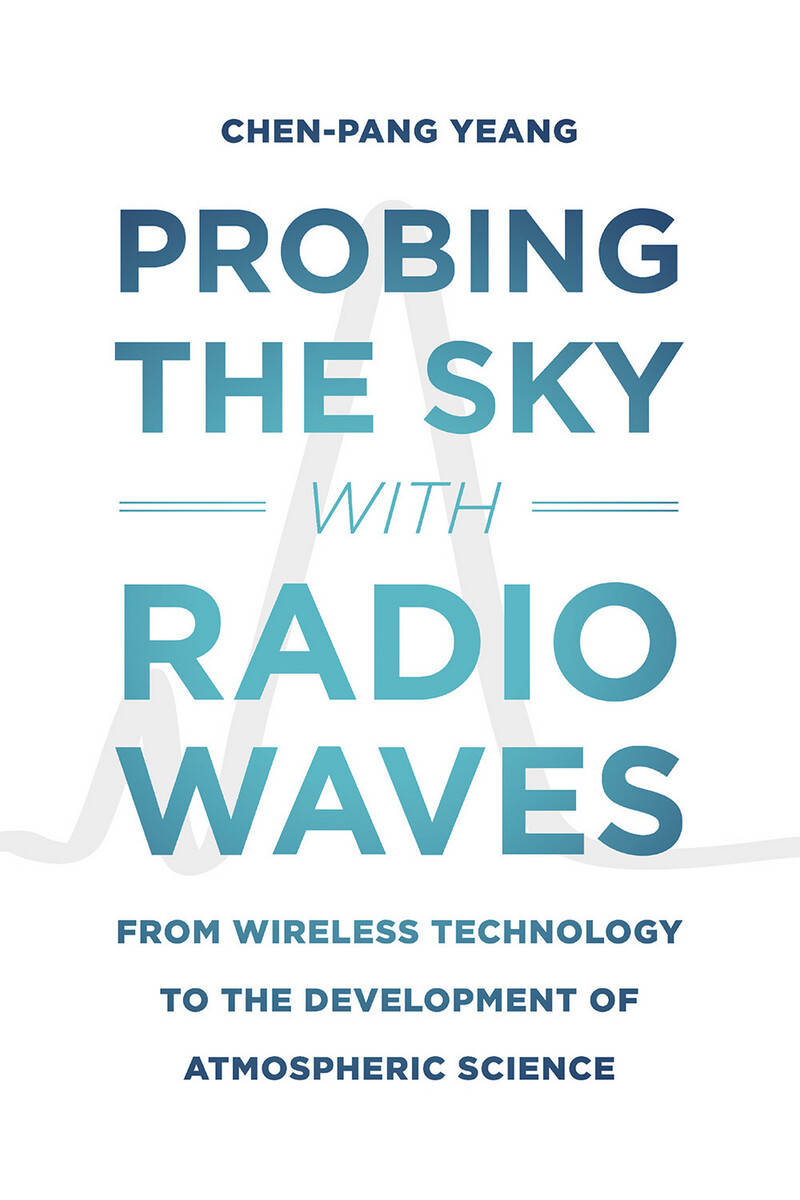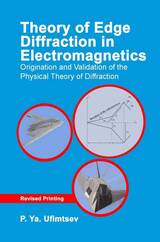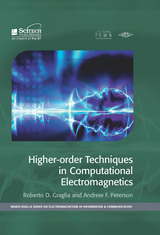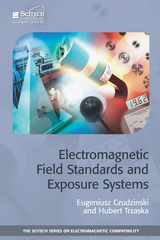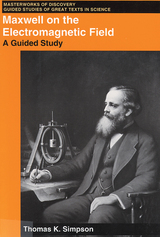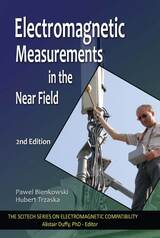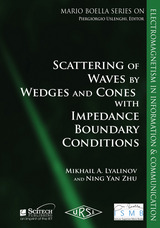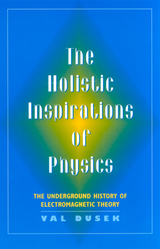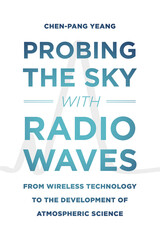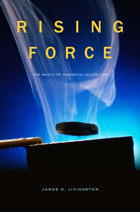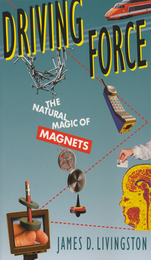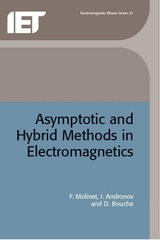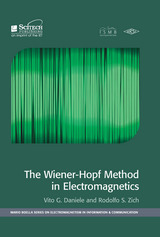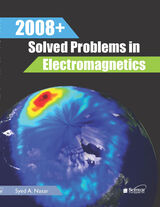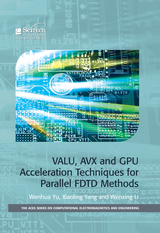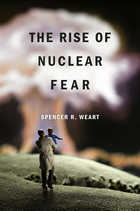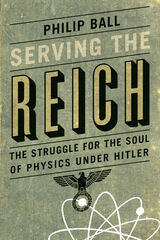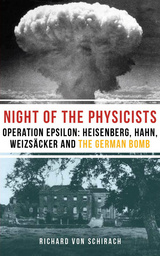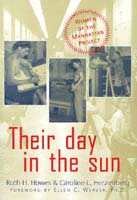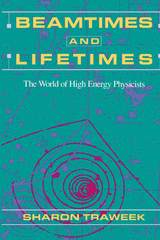Probing the Sky with Radio Waves: From Wireless Technology to the Development of Atmospheric Science
University of Chicago Press, 2013
Paper: 978-0-226-27439-3 | eISBN: 978-0-226-03481-2 | Cloth: 978-0-226-01519-4
Library of Congress Classification QC676.4.Y43 2013
Dewey Decimal Classification 538.767
Paper: 978-0-226-27439-3 | eISBN: 978-0-226-03481-2 | Cloth: 978-0-226-01519-4
Library of Congress Classification QC676.4.Y43 2013
Dewey Decimal Classification 538.767
ABOUT THIS BOOK | AUTHOR BIOGRAPHY | REVIEWS | TOC | REQUEST ACCESSIBLE FILE
ABOUT THIS BOOK
By the late nineteenth century, engineers and experimental scientists generally knew how radio waves behaved, and by 1901 scientists were able to manipulate them to transmit messages across long distances. What no one could understand, however, was why radio waves followed the curvature of the Earth. Theorists puzzled over this for nearly twenty years before physicists confirmed the zig-zag theory, a solution that led to the discovery of a layer in the Earth’s upper atmosphere that bounces radio waves earthward—the ionosphere.
In Probing the Sky with Radio Waves, Chen-Pang Yeang documents this monumental discovery and the advances in radio ionospheric propagation research that occurred in its aftermath. Yeang illustrates how the discovery of the ionosphere transformed atmospheric science from what had been primarily an observational endeavor into an experimental science. It also gave researchers a host of new theories, experiments, and instruments with which to better understand the atmosphere’s constitution, the origin of atmospheric electricity, and how the sun and geomagnetism shape the Earth’s atmosphere.
This book will be warmly welcomed by scholars of astronomy, atmospheric science, geoscience, military and institutional history, and the history and philosophy of science and technology, as well as by radio amateurs and electrical engineers interested in historical perspectives on their craft.
See other books on: Atmospheric Science | Geophysics | Probing | Radio waves | Sky
See other titles from University of Chicago Press
